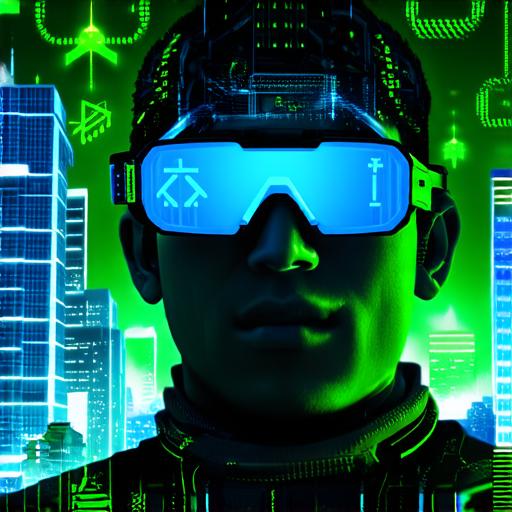
Augmented reality (AR) is an exciting technology that allows us to overlay digital information on top of the real world. AR has the potential to revolutionize many industries and improve our daily lives in ways we can’t even imagine yet.
Possibilities Enabled by AR:
1. Education and Training:
AR can help students and trainees to learn in a more interactive and engaging way. For example, an AR app could be used to teach a student how to perform surgery or how to fix a car engine. The app could overlay digital information on top of the real-world object, providing the student with real-time feedback and guidance.
2. Marketing and Advertising:
AR can be used to create more engaging and interactive advertising campaigns. For example, an AR app could allow customers to see how a piece of furniture would look in their home before buying it. The app could overlay digital information on top of the real-world space, allowing the customer to see what the furniture would look like in that specific location.
3. Tourism and Travel:
AR can be used to enhance the tourist experience by providing visitors with more immersive and interactive experiences. For example, an AR app could allow visitors to see what a historical site or monument looked like in its original state. The app could overlay digital information on top of the real-world location, allowing the visitor to see how the site would have looked in its original context.
4. Gaming and Entertainment:
AR can be used to create more engaging and immersive gaming and entertainment experiences. For example, an AR game could allow players to interact with virtual objects in the real world. The game could overlay digital information on top of the real-world space, creating a seamless integration between the virtual and real worlds.
5. Medical Diagnosis and Treatment:
AR can be used to improve medical diagnosis and treatment by providing doctors with more accurate and detailed information about their patients. For example, an AR app could allow doctors to overlay digital information on top of a patient’s body, allowing them to see the internal organs and systems in real-time. This information could help doctors diagnose and treat illnesses more accurately and efficiently.
Case Studies and Personal Experiences:
One example of how AR can be used in education is through the use of an AR app called “Anatomy 4D”. This app allows students to explore the human body in a more interactive and engaging way. The app overlay digital information on top of a real-world model of the human body, allowing students to see the internal organs and systems in real-time. This has been shown to improve student understanding and retention of anatomy concepts.
Another example of how AR can be used in marketing is through the use of an AR app called “IKEA Place”. This app allows customers to see how IKEA furniture would look in their home before buying it. The app overlay digital information on top of the real-world space, allowing customers to see what the furniture would look like in that specific location.
Research and Experiments:
Several studies have shown that AR can improve learning outcomes and engagement in a variety of subjects. For example, a study published in the journal “Computers & Education” found that using an AR app to teach science concepts improved students’ understanding and retention of those concepts compared to traditional teaching methods.
Another study published in the journal “Advertising Research” found that using an AR app to promote a product increased customer engagement and brand awareness compared to traditional advertising methods.
Comparisons and Figurative Language:
AR is like a magic wand that allows us to see things we never could before. It’s like having a personal assistant that can overlay digital information on top of the real world, providing us with real-time feedback and guidance.
FAQs:
Q: What is augmented reality?
A: Augmented reality is a technology that allows us to overlay digital information on top of the real world.
Q: How does AR work?
A: AR works by using sensors and cameras to track the position of a device in the real world.
